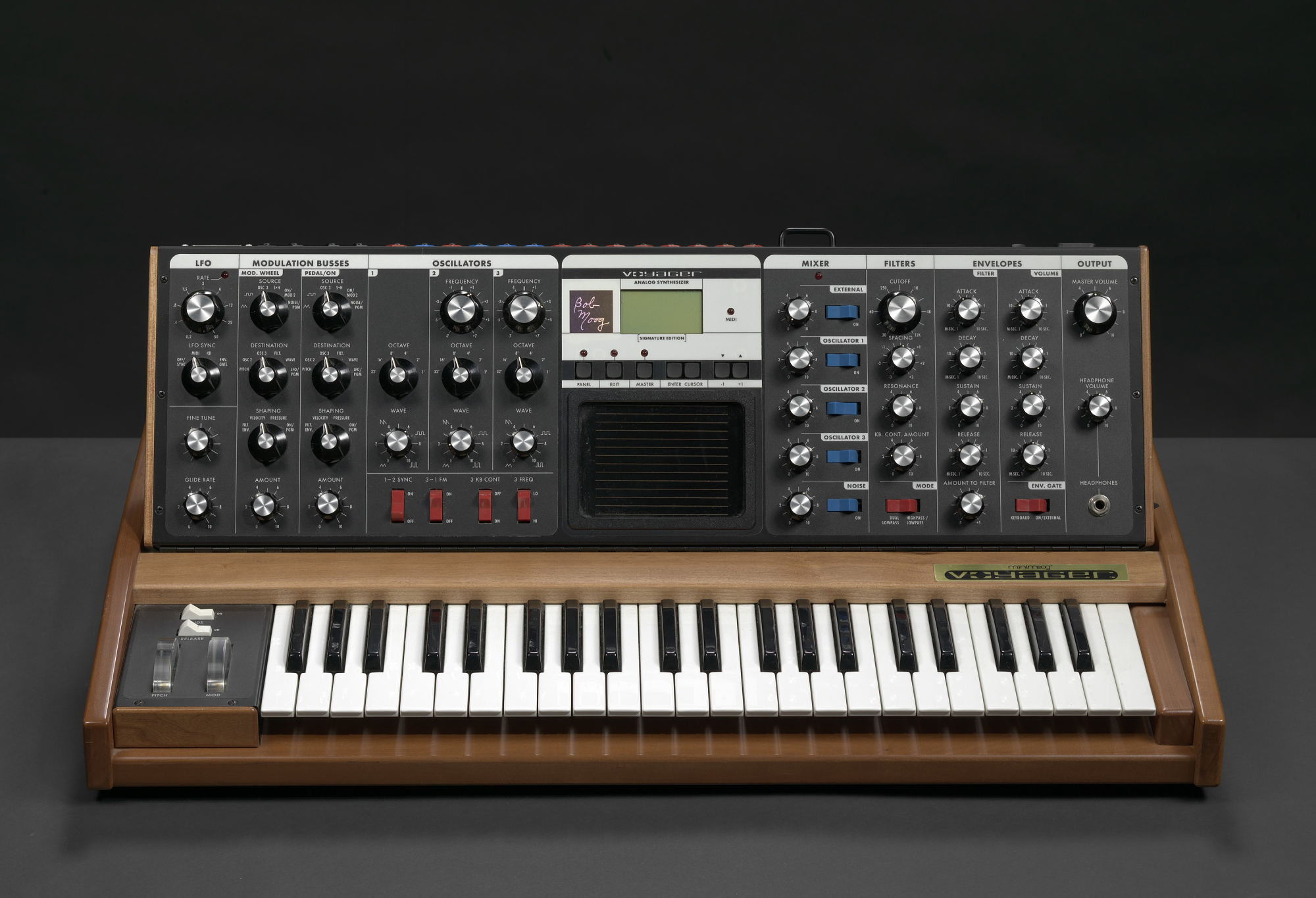J Dilla Hip-Hop Collection Donated to National Museum of African American History and Culture
The Smithsonian’s National Museum of African American History and Culture announces the donation of significant artifacts from the family of award-winning hip-hop artist and producer, James “J Dilla” Yancey. The items will be part of the museum’s growing arts and entertainment collection designed to explore how popular music helped shape the nation’s history and culture politically and socially. The announcement was made July 17 during the annual “DC Loves Dilla” tribute concert at the Howard Theatre in Washington, D.C. Other musicians featured in the museum’s popular-music collection range from Louis Armstrong, Ella Fitzgerald and Lena Horne to Chuck Berry, George Clinton/Parliament Funkadelic and Chuck D. Items from these and similar collections will be used in the “Musical Crossroads” exhibition, one of 11 inaugural exhibitions on view when the museum opens in 2016.
The J Dilla collection, donated by J Dilla’s mother, Maureen Yancey, includes his custom-made Minamoog Voyager synthesizer, used to create his famous and distinctive beats, and his Akai MIDI Production Center 3000 Limited Edition, a rare piece of equipment, one of only 2,000 units released in 2000 and used as a drum machine. These and other related items used during the late 1990s and early 2000s helped J Dilla leave a mark on hip-hip history. He is often heralded as the first to use off-beat and purposefully imperfect beats in his music. Artists today, such as Kanye West and Kendrick Lamar, draw on that style; some even “sample” Dilla’s original songs to re-create his sound.
J Dilla also recorded more than 15 albums, some still in circulation today: Donuts, released in 2006 three days before his death, Welcome to Detroit, released in 2001, and Give Em What They Want EP, released posthumously in May 2014. In a career that brought him several awards, including the Plug Awards Artist of the Year and Record Producer of the Year in 2007, and a Grammy nomination for his work on A Tribe Called Quest’s album Beats, Rhymes and Life (1996), J Dilla worked with such notable artists as The Roots, Common, Janet Jackson and Busta Rhymes.
“I feel it’s necessary to raise the level of art appreciation in the hip-hop sector and honor my son James Dewitt Yancey, one of the most influential individuals in the history of hip-hop,” said Yancey, explaining her donation to the museum.
“J Dilla’s body of work is a testament to creativity and innovation, the very elements on which hip-hop was founded,” said Timothy Anne Burnside, a popular-music historian for the National Museum of African American History and Culture, who worked with Yancey’s mother to secure the J Dilla collection. “He was fearlessly dedicated to music, following in the footsteps of many musical greats; as a child he first danced to James Brown, and like Duke Ellington, he was uncannily versatile. It is in the company of the greats that he belongs.”
“Everyone who pays attention to hip-hop has heard J Dilla’s work whether they realize it or not,” Burnside said. “In the very demanding world of hip-hop producers, he was one of the busiest and most sought-after. He had a way of making his signature sound and creating something unique for the people he collaborated with. He could create a beat for anyone and make it sound like theirs and theirs alone.”
The “DC Loves Dilla” event is an annual benefit concert held since 2006 at the Howard Theater to raise money and awareness for lupus, the disease J Dilla battled until his death Feb. 10, 2006.
The National Museum of African American History and Culture was established by an Act of Congress in 2003 making it the 19th museum of the Smithsonian Institution. This nearly 400,000 square foot museum is under construction on the National Mall in Washington, D.C., at a cost of more than $500 million. Half the cost is covered by the U.S. Congress; the museum is responsible for raising the rest. It is being built on a five-acre tract adjacent to the Washington Monument. Currently, the museum is hosting public programs, assembling collections and presenting exhibitions at other museums across the country and at its own gallery at the Smithsonian’s National Museum of American History. Its current exhibition, “Changing America: The Emancipation Proclamation, 1863 and the March on Washington, 1963,” explores these two civil rights milestones and the impact they had on the development of the country. The exhibition is free and open to the public through Sept. 7. For more information, visit the museum’s website.
# # #
SI-360-2014
Fleur Paysour
202-633-4761

